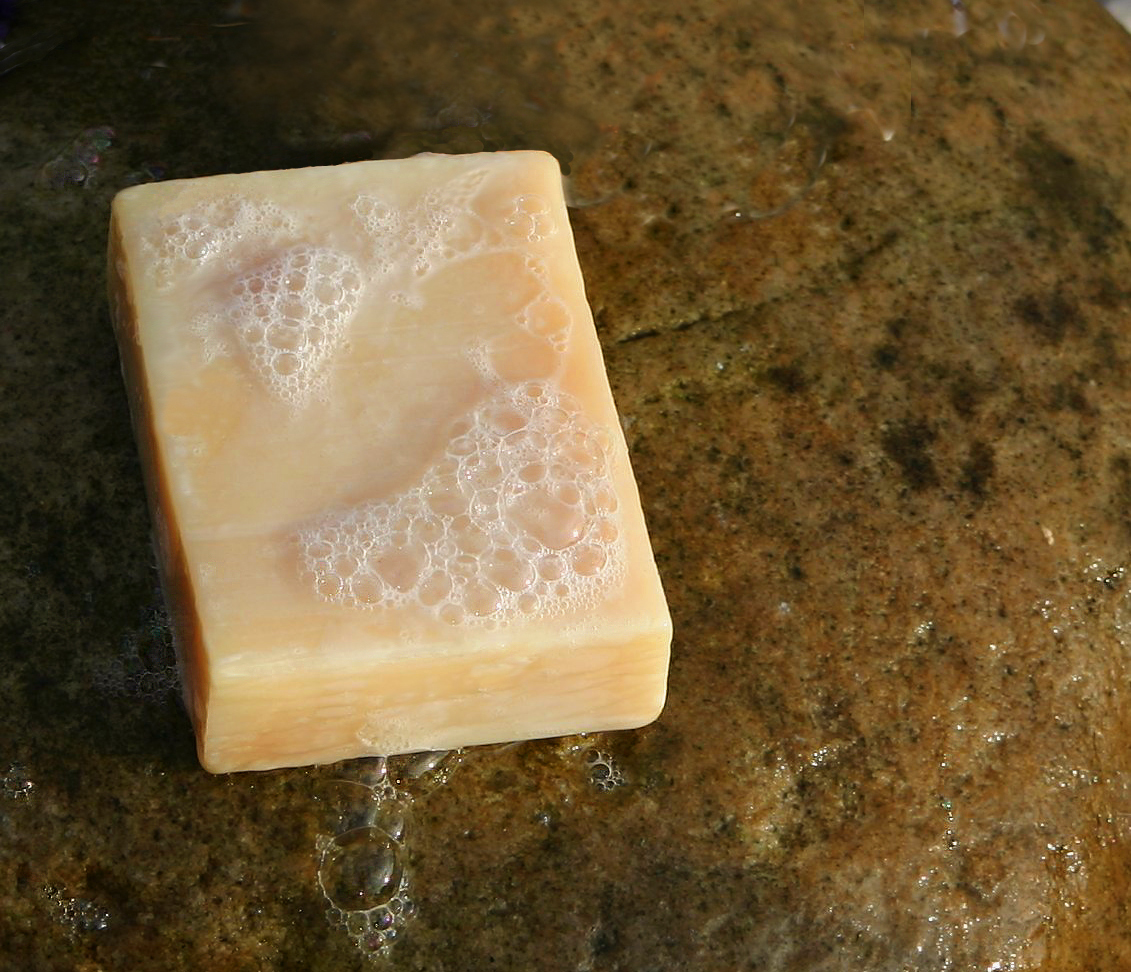Migrating and Upgrading an Old SOAP Application: The Challenges, What Went Well, What Didn’t, What I Learned, and How I Did It – Plus 10 Other People Who Did It Too
Welcome to the SOAP Opera of My Life
So, I did a thing. I took an old, crusty SOAP-based application, blew off the cobwebs, and migrated it to a more modern architecture. It was like finding a VHS tape and trying to stream it on Netflix. There were tears, laughs, and a lot of Googling “why SOAP hates me.”
Here’s the tale of how I battled the SOAP beast, what worked, what went sideways, what I learned, and how I did it – plus 10 other brave souls from the internet who tried it too. Let’s dive in!
Why Did I Even Do This?
SOAP applications are like flip phones: they work, but you feel like a time traveler when you use them. The app was critical, but it was slow, fragile, and had more XML than a data scientist’s worst nightmare. It was time to upgrade to something more modern – preferably something that didn’t require me to decode ancient hieroglyphics.
The Plan (Which Immediately Fell Apart)
- Assess the Existing Application: Understand the madness.
- Choose a New Architecture: REST, gRPC, GraphQL – anything that doesn’t make you regret your career choices.
- Migrate Services: Convert SOAP services to REST endpoints.
- Test Everything: With prayers and sacrifices to the tech gods.
- Deploy Without Crying: Or at least with minimal crying.
The Challenges – AKA My SOAP Opera Drama
1. XML: The Unwanted Guest
SOAP loves XML. Modern services? Not so much. Translating SOAP’s XML into JSON felt like trying to explain TikTok to my grandparents.
2. WSDL – Wizards’ Spells Disguised as Language
WSDL files are supposed to define SOAP services. Instead, they act like cursed scrolls. Parsing and understanding these files was like trying to read a novel where every chapter is written by a different author.
3. Backward Compatibility: The Ghost of Applications Past
SOAP clients had to keep working until the new services were ready. So we built a compatibility layer. It worked. Mostly. Occasionally, it just… didn’t.
4. Security - WS-Security vs OAuth2
SOAP likes WS-Security; modern APIs love OAuth2. We had to build a bridge between the two. It was like teaching a medieval knight to use a smartphone.
What Went Well – The Tiny Wins
- Automated Testing Saved the Day: Once we wrote enough tests to cover our code, we finally stopped breaking things unintentionally.
- Gradual Migration: Running SOAP and REST side-by-side helped keep the lights on.
- Documentation and Tools: Tools like SoapUI made it slightly less painful to test SOAP endpoints.
What Didn’t Go So Well – The SOAP Bombs
- Performance Bottlenecks: Some SOAP services had deeply nested XML, turning simple operations into molasses.
- Data Mapping Nightmares: XML schemas were inconsistent, which made automatic mapping… entertaining.
- The Human Factor: Explaining why the migration was necessary to non-technical stakeholders took more effort than the migration itself.
What I Learned – Wisdom from the SOAP Trenches
- Start Small: Migrate a single service first. Fewer explosions.
- Don’t Trust Old Documentation: It lies. Or is missing.
- Invest in Good Tools: SoapUI, Postman, and Wireshark were our best friends.
- Communicate Constantly: No one likes surprises when their app suddenly changes.
How I Did It – The Slightly Messy Process
Step 1: Inventory SOAP Services
We listed every service, endpoint, and schema. It was like cataloging an ancient library.
Step 2: Build REST Services
We rewrote core services as REST endpoints, leaning heavily on OpenAPI documentation.
Step 3: Create a Compatibility Layer
SOAP requests still needed responses, so we built a compatibility proxy that transformed SOAP calls into REST calls.
Step 4: Migrate Clients Gradually
Bit by bit, we updated clients to use REST APIs. No big bang migration – just slow, steady progress.
Step 5: Monitor, Fix, Repeat
We monitored everything like paranoid security guards. SOAP requests eventually disappeared.
10 Other People Who Battled SOAP and Lived to Tell the Tale
- Alice from Stack Overflow: Migrated SOAP to REST; struggled with WSDL parsing.
- Bob’s Blog: Used Python’s Zeep library for gradual migration.
- TechieTom: Built a compatibility layer like ours but in Go.
- API Evangelist Jane: Documented how they tackled WS-Security.
- LegacyLarry: Found SOAP performance issues hidden in complex schemas.
- MonolithMike: Replaced SOAP services with microservices.
- XMLXena: Automated WSDL parsing with custom scripts.
- ServiceSam: Migrated to gRPC instead of REST.
- EnterpriseEddie: Faced massive data mapping challenges.
- SOAPSlayerSue: Advocated for better testing throughout the migration.
Table of Key Ideas
| Key Idea | Details |
|---|---|
| XML Complexity | Translating SOAP’s XML into JSON is tricky |
| WSDL Challenges | Parsing WSDL files is painful |
| Compatibility Layers | Running SOAP and REST together helps transition |
| Security Differences | Bridging WS-Security and OAuth2 is complex |
| Testing Importance | Automated testing saves time and sanity |
| Incremental Migration | Don’t migrate everything at once |
| Documentation Issues | Old docs are often wrong or missing |
| Performance Bottlenecks | SOAP can be slow due to XML structure |
| Communication Matters | Explain the migration to stakeholders |
| Tool Investment | Good tools (like SoapUI) make life easier |
